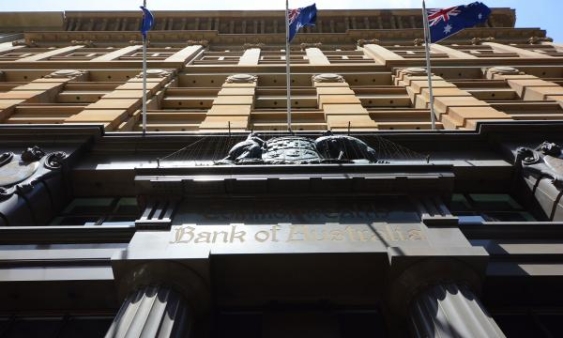
Australian banks feel the pinch despite stimulus package
Not enough cushion for impairment charges and bad debts.
The funding facility introduced for Australian banks as well as the rate reduction are not enough to prevent deterioration of local lenders’ performance, according to analysts.
The Reserve Bank of Australia (RBA) cut the overnight cash rate to a historic low of 0.25%. It also introduced a $53.33b (A$90b) term funding facility for banks to lend to the business sector, particularly to small and medium enterprises (SMEs).
The Australian Prudential Regulation Authority also temporarily lowered its expectations for bank capitalisation, which will enable banks to use some of their large buffers for increased lending, notes Moody Investors Service analyst Tanya Tang.
But these actions are unlikely to combat an increase in impairment charges and bad debts for banks, according to a separate report by Fitch Ratings. The pandemic has affected commercial businesses negatively, which could trigger higher losses in banking activities related to the sector.
Further, the mortgage exposure of Australian banks is also at significant risk with unemployment expected to rise.
“The latest RBA rate cut will aid in propping up the economy but will further intensify margin and earnings pressure for the banks,” said Fitch in a note. “Bank profits will also be under pressure from contracting fee income and high levels of provisioning and credit losses under the current accounting framework.”
Moody’s Tang echoed this sentiment, noting that it is likely that businesses will close and some Australians will lose their jobs in the next six months.
“Second-order impacts from the economic disruption remain a key asset risk. In particular, rising unemployment will likely create residential mortgage stress, whilst rising credit costs will further pressure bank profitability, which is already being squeezed by record-low interest rates." added Tang.
However, Tang emphasised that Australia's banks are in a much stronger position heading into this downturn than they were during the 2008-09 global financial crisis, having much improved capitalisation, funding and liquidity.
For Fitch, Australian banks are headed towards gloomier times, with negative outlooks on the horizon.






















 Advertise
Advertise








